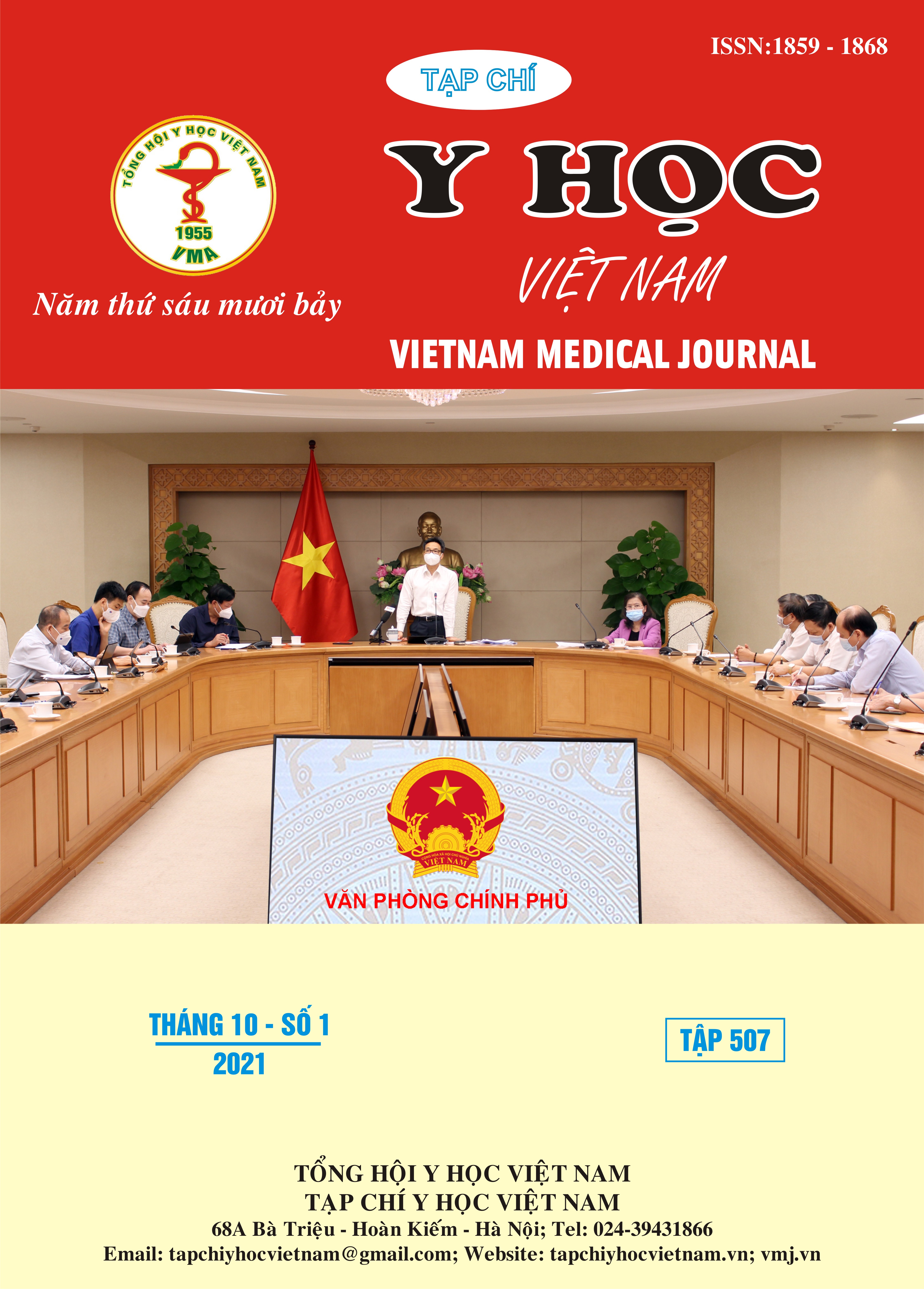EVALUATION OF STENT PLACEMENT THERAPY THE RESULT IN CHRONIC ILIAC ARTERY OCCLUSION
Main Article Content
Abstract
Objective: To evaluate the results of stent placement therapy in chronic iliac arterial occlusion. Methods: Retrospective descriptive series of cases. Results: The sample of 90 patients with 110 limbs had intervented. We had counted 90 % male rates, average ages 68,6 ± 10,3. Common iliac arteries had accounted for 44,4 %, External iliac arteries performed by 37,8%, another arteries combination got 17,8%. Endovascular intervention conducted in both legs accounted for 21,1%. Endovascular intervention iliac arteries accounted for 45,6%, another arteries combination accounted for 54,4% sample. The time of hospitalization average was 4,8±3,1days. The procedure times had 147,9 ± 56,4 minutes. General complications got 4% sample in thrombosis arteries had got into 2,2%, myocardial infarction 1,1%, and amputation 2,2% in our research. The results were technical success was 100%, mid-term of respectively 85,1%. Conclusions: The intervention endovascular therapy of chronic arterial occlusion of the lower extremity less invasive method which is safe, effective, fewer complications, shorter hospital stays, faster recovery. Results of mid-term achieve a high success rate.
Article Details
Keywords
TASC II A, B, stent replacement, chronic artery occlusion
References
2. Nguyễn Lân Việt, Phạm Việt Tuân, Phạm Mạnh Hùng (2010), "Nghiên cứu mô hình bệnh tật ở bệnh nhân điều trị nội trú tại Viện Tim mạch Việt nam trong thời gian 2003-2007". Tạp chí Tim mạch học Việt Nam, số 52, tr. 11-17.
3. Rutherford RB, Baker JD, Ernst C, Johnston KW, Porter JM, Ahn S, Jones DN (1997), “Recommended standards for reports dealing with lower extremity ischemia: revised version”. J Vasc Surg, 26, pp.517-538.
4. Hirsch AT C. M., Treat-Jacobson D, Regensteiner J, Creager M, Olin J, et al. (2001), "The PARTNERS program: A national survey of peripheral arterial disease detection, awareness, and treatmen ", Vol 286(11), pp.1317-1324.
5. Jakobs TF W. B., Becker CR (2004), "MDCT-imaging of peripheral arterial disease", Semin Ultrasound CT MR 2004, Vol 25(2), pp.145-155.
6. Klein WM, van der Graaf Y, Seegers J, Spithoven JH, Buskens E, van Baal JG, Buth J, Moll FL, Overtoom TT, van Sambeek MR, Mali WP (2006), “Dutch Iliac Stent Trial: long-term results in patients randomized for primary or selective stent placement”, Radiology, 238: 734–744.
7. AbuRahma AF, Hayes JD, Flaherty SK, Peery W. (2007), “Primary iliac stenting versus transluminal angioplasty with selective stenting”. J Vasc Surg. ;46(5):pp.965-970.
8. Norgren L, Hiatt WR, Dormandy JA, et al. (2007), “TASC II, Working Group. Inter-society Consensus for the Management of Peripheral Arterial Disease (TASC II)”. Eur J Vasc Endovasc Surg; 33 Suppl 1: S1–75.
9. Kudo T, Chandra FA, Ahn SS (2005) “Long-term outcomes and predictors of iliac angioplasty with selective stenting”, J Vasc Surg, 42(3): pp.466-75.


